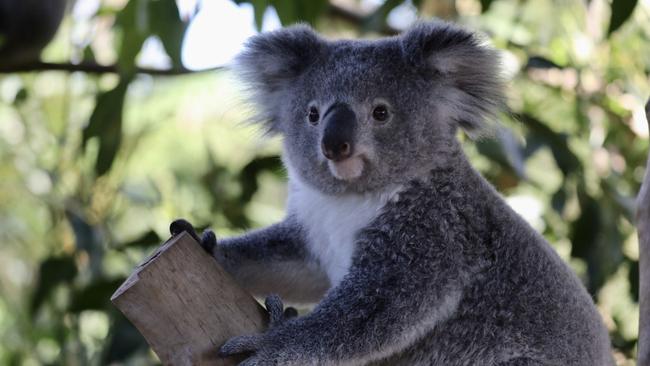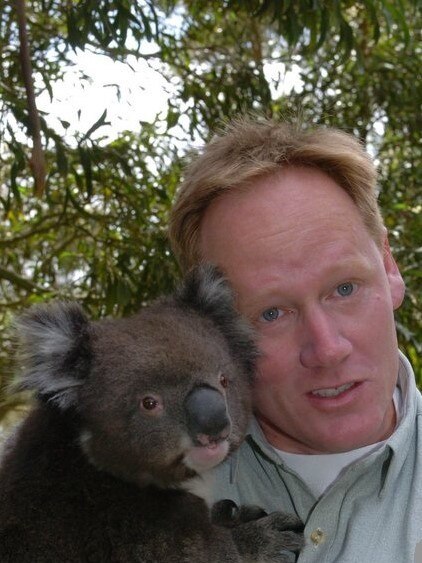Gladstone’s koalas could help the entire species survive
The key to the survival of the koala in the wild could be found in the trees around Gladstone.

Gladstone
Don't miss out on the headlines from Gladstone. Followed categories will be added to My News.
THE key to the survival of everyone's favourite marsupial, the Koala, could be in the trees around Gladstone.
The Australian Koala Foundation estimates there are less than 100,000 koalas left in the wild, possibly as little as 43,000.
The Queensland Department of Environment and Science said koalas are listed as vulnerable statewide and are a protected species.
CQ University Koala Ecologist Dr Rolf Schlagloth said low-density koala populations in Central Queensland could hold a key to the long-term survival of this iconic species under the right management conditions and with the appropriate allocation of resources.
He said with the recent bushfires which devastated southeastern Australia's koala populations, becoming the "norm" into the future, both human and koala adaptation was crucial.
"There is no doubt that recent fire events have been extreme and devastating to humans and their property but also to our flora and fauna, including the iconic Australian flagship species, the koala," he said.
"The causes and, the "solutions" to climate change and adapting to a more fire-risk environment are in our hands.
"The anthropogenic determinators of koala persistence, conservation and management in Central Queensland illustrate this."

Koalas along the east coast of Australia, are under constant threat from the loss and fragmentation of habitat, collisions with vehicles, attacks by dogs and diseases.
"More recently, fire has become another existential threat to koalas in those areas," he said.
"Of course, the same general threats to koalas exist in Central Queensland as they do to the south, however, in the vast grassy woodlands and open forests of CQ such threats are not as extreme.
"Fuel load reduction by strategic burning, herbicide treatment or grazing manages those risks."
Further research and study of colonies and the way they are impacted by risks are the key to the long term survival of Koalas in the wild.
"We need to know more about the ecology and the density of koalas in CQ's separate habitats and how they respond to various large events," he said.
"We need to investigate and enrich our knowledge of how human behaviour affects these populations.
"In Queensland at least, fire is not the critical threatening process, it is drought and habitat destruction - especially along the eastern seaboard.
"This is particularly important for areas like CQld where koalas and their habitat seem to hold a greater promise of enduring into the future."


